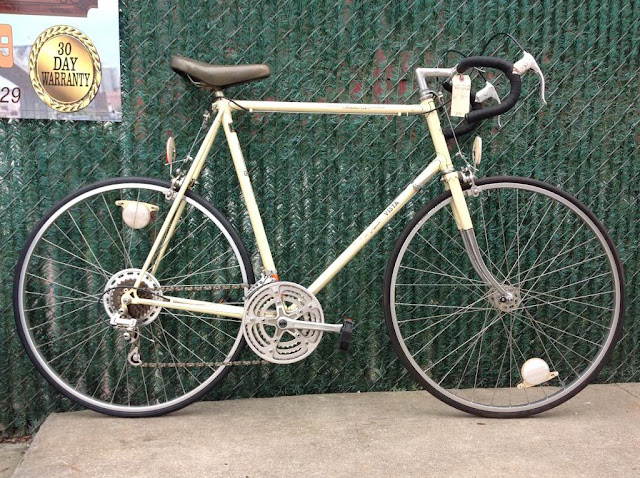We love to patronize our favorite local bike shop. But I—and I am sure many of you—have bought stuff from an online retailer (or their predecessors—mail-order catalogues—remember those?) oh, once or twice.
One of the local dealers I patronized (until it wasn’t so local for me anymore) said he couldn’t blame people for buying parts from Performance or Bike Nashbar. “Their prices are better than what I can get from my distributor,” he lamented.
Performance and Nashbar are in the tire tracks of history. Now,’it seems, two more recent giants the online bike business may join them.
In 2016, Chain Reaction Cycles, based in Belfast, Northern Ireland and Wiggle, in Portsmouth in England’s south coast, merged. At the time, to join two companies that were already offering good deals on in-demand bikes, parts and related items into one that would have even greater buying power and would therefore offer even better deals to customers.
But another event that same year would contribute to the company’s current situation: the vote to secede from the European Union, a.k.a. Brexit. (Scotland voted to stay.) The “divorce” was finalized, if you will, at 23:00 GMT on 31 January 2020.
One effect has been higher tariffs, not only on imports to, but also exports from, the UK. The latter included, in the years before the “breakup,” many orders from outside the country. They included customers from EU countries—and, on a few occasions, yours truly. American customers didn’t have to pay the Value Added Tax. So, when the exchange rate was favorable to the dollar, I purchases not only Brooks saddles, but also French Mavic rims and Velox rim taped, Swiss DT spokes, German Continental tires and even Japanese Shimano cassettes for considerably less than I could have bought them Stateside.
The UK-EU split came early in the COVID pandemic. So, some of the losses Wiggle-CRC incurred from prices increasing for European customers were offset by the COVID bike boom. That “boom,” however, seems to be going bust. At least, people aren’t buying as many bikes and parts as they were three years ago.
According to industry insiders, Wiggle/CRC’s parents company, Sigma Sports United is “re-structuring” —which includes, among other things, ending its relationships with “underperforming assets” like Wiggle/CRC—and therefore de-listing from the New York Stock Exchange. Those same insiders are saying that Wiggle-CRC has stopped paying its suppliers and intends to file for insolvency.
From what I’ve been reading and hearing, they’re not the only ones who have “buyer’s remorse” over Brexit.











